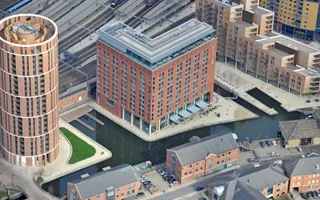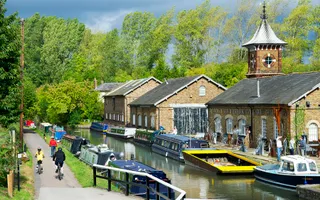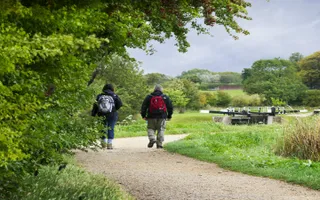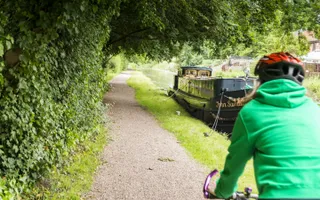Waterways are multi-functional assets providing multiple economic, social and environmental benefits. In addition to being a form of green and blue infrastructure, important for leisure, recreation and tourism uses, they can provide local and strategic sustainable transport routes.
Our waterways are increasingly being used in association with new technologies, contributing to the creation of ‘Information Superhighways' and a potential source for thermal energy generation and cooling. They can act as catalysts for regeneration and a focus for development, are vital for many local small or medium-sized enterprises (SMEs) while also supporting and adding value to larger companies. They form a valuable part of the nation's visitor and green economies – engaging local communities and visitors alike and laying the foundations for future health, well-being and prosperity.
A supportive planning policy framework from national to neighbourhood level, can assist in unlocking the potential contribution and value of waterways to the economic, social and environmental wellbeing of regions, districts, communities and individuals; along with protecting these valuable assets for the benefit of current and future generations.
It is therefore vitally important that planning policy recognises the multi-functional nature of waterways and the contribution they can make to wider economic, environmental and social objectives such as public health, renewable energy and sustainable development, strengthening resilience and creating conditions suitable for growth.
Have a look at the information in the links below.








